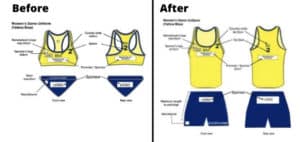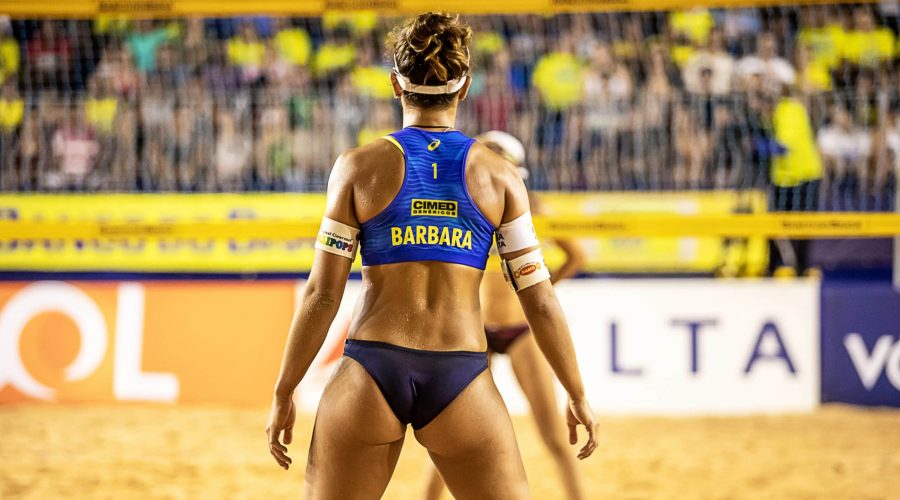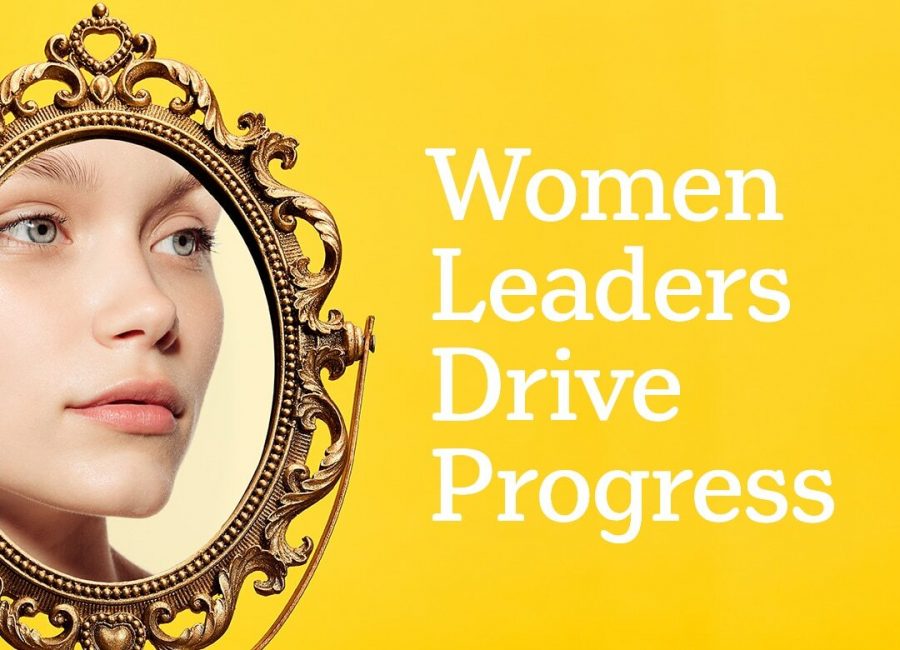If the “beginning of the end of sexism” in sport is near, what does this mean for pay parity?
In a sign of the times and power of public pressure on gender equality related issues, the International Handball Federation [IHF] has been forced to change its rules governing women’s uniforms, now allowing tank tops and shorts instead of bikini bottoms and crop tops.
The rule change followed a petition launched by Australian Talitha Stone in July, which attracted over 61,000 signatures.
“I hope this is the beginning of the end of sexism and objectification of women and girls in sport, and that in future all women and girls will be free to participate in sport without fear of wardrobe malfunctions and sexual harassment,” says Ms Stone.
Ms Stone said the decision had the potential to also strengthen sportswomen to advocate for themselves in other areas of inequality and differential treatment, for example the gender pay gap.
The news has been welcomed by gender equality campaigners, including the organisations, Advancing Women in Business & Sport, and Collective Shout
It has also raised hopes that it will help to strengthen the call for equal pay in professional sport as sporting bodies are being increasingly forced to get with the times on critical gender equality issues.
- 13.6% of CEOs in sporting organisations are women
- 30% of key management personel are women
- 30% is the average gender pay gap in sport
Opponents to equal pay for women in sport often cite a variety of reasons why male athletes are paid more than women, including viewership, playing style, strength and sponsorship revenue. But these reasons are becoming increasingly difficult to argue against when many sports such as surfing and skateboarding have the same tricks and styles attached.
Earlier this month, Australia’s women cricketers were also told that they will get a pay rise this year, although it will still fall significantly show of what men cricketers earn.
Retainers for Big Bash League players will increase about 14 percent, Cricket Australia said, and players in the domestic cricket league will see a 22 percent rise.
While female cricketers wear pretty much the same style of uniform as males, some sports have been more obvious than others in their sexualisation of women.
One of the arguments for sexualising women through what they wear is that it’s been necessary in order to get more people, men in particularly, viewing these sports – therefore supporting the business case for paying women more in sport.
However as we saw during the recent Lingerie Football, this type of thinking did not help the fight for equal pay.
Ms Stone actually led the 2012 campaign against the Lingerie Football League (LFL) by going undercover in tryouts for the game – which involved playing gridiron in lingerie – to expose its sexist nature.
Players were required to sign a contract agreeing to “accidental nudity”. Channel 7 eventually dumped its LFL broadcast.

In her more recent petition Ms Stone stated: “As an Aussie sports-loving woman living in Norway, I am really disturbed to see the Norwegian women’s beach handball team fined for not playing in bikinis.
“Male players are allowed to play in tank tops and shorts. But the International Handball Federation rules state women players have to wear bikini bottoms ‘with a close fit and cut on an upward angle toward the top of the leg’.
“Why should female athletes be punished for wearing an outfit which is functional and practical allowing freedom of movement without being worried about possible exposure to a big audience as well as unwanted comments and sexual harassment?”
The IHF has now updated its official Beach Handball Rules of the Game to mandate shorts for female players. The new tank and shorts uniform combination replaces the previously mandated crop tops and bikini bottoms.
Thank you for being part of the solution to gender financial equality and joining the Financy Membership.













